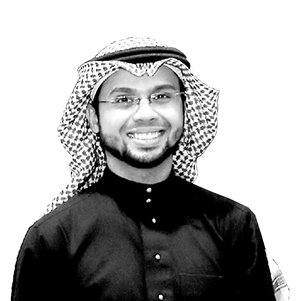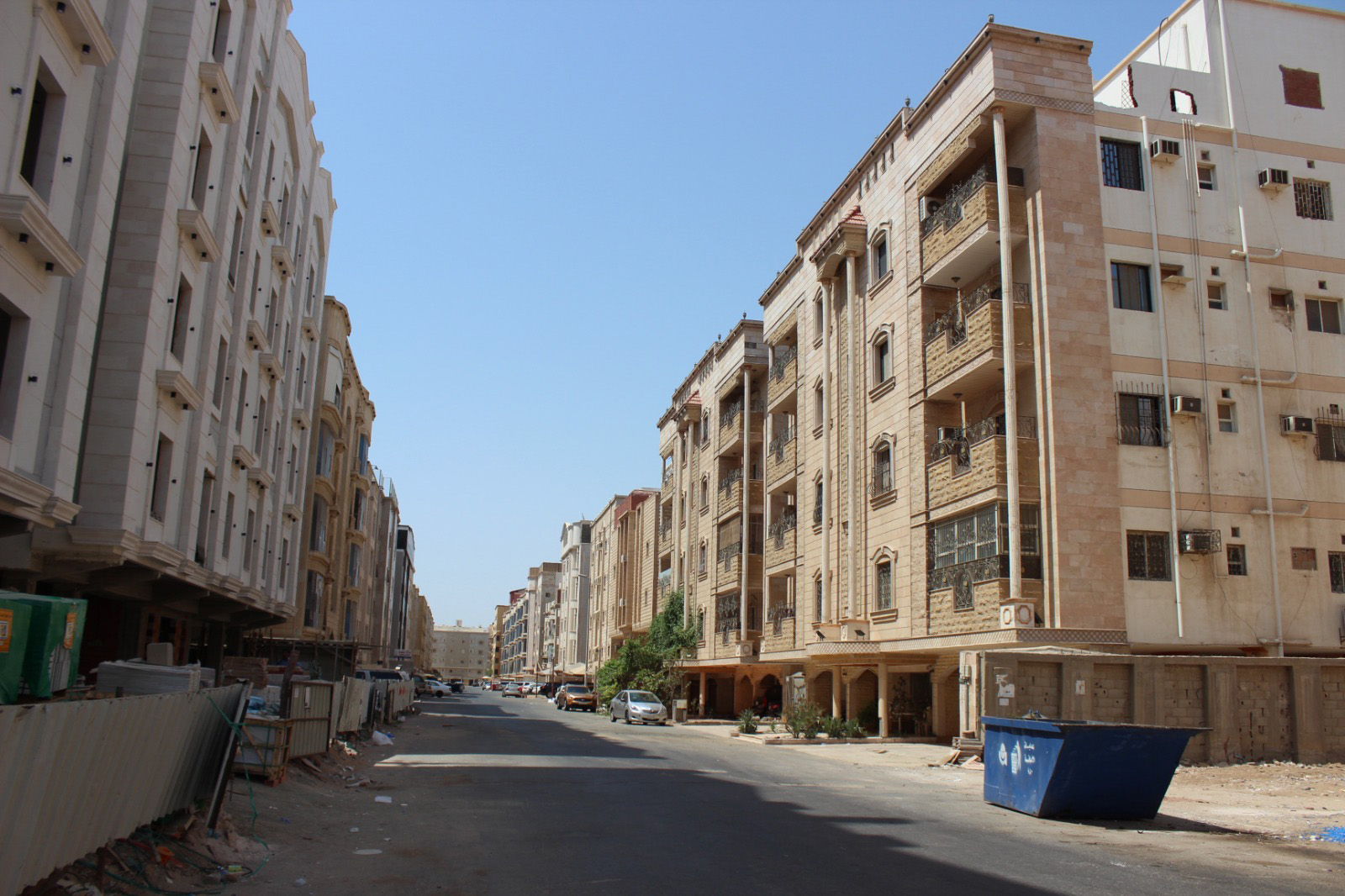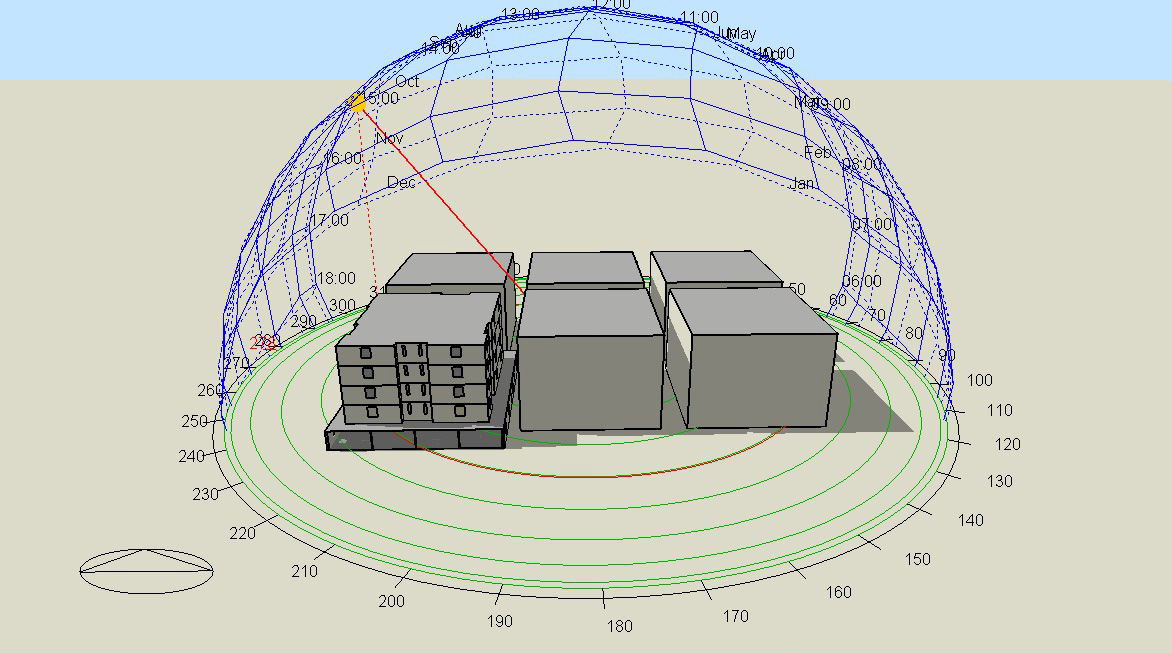Energy in Saudi Arabia has long been a commodity of convenience due to its massive oil reserves. Even with recent three- to fourfold price hikes, the electricity bills of Saudi residents are a fraction of most Europeans’. And given the country’s extreme climate, a large fraction of this energy is spent on air conditioning (AC). Unnecessarily large, according to Ahmed Felimban. His research on his home city of Jeddah highlights one partial solution to the massive and growing problem of AC overuse.
Felimban grew up in Jeddah, the gateway to the holy cities of Islam. Pilgrims travel through the city all year round: his father would frequently host groups of more than twenty people. Felimban himself would travel to Mecca for his bachelor before being hired as a teaching assistant at King Abdulaziz University, which allowed him to continue his education abroad. Through this position he finished his Master’s in San Diego and, after working as a lecturer for four years, a PhD in Delft. His time abroad gave Felimban a new perspective on Saudi lifestyle and energy use.
"AC consumes huge amounts of energy and nothing is done about it"
Jeddah exemplifies Arabia’s AC problem. The city is a multicultural hub of around 4 million inhabitants, its streets bustling with activity at all hours of the night. But this diversity is not reflected in its built environment. Felimban: “I estimate that nearly half of all residents live in virtually identical apartment blocks, although official figures are non-existent.” And these apartments were never meant to be energy-efficient. 40% of electricity consumed in Saudi Arabia flows into residential buildings, and AC claims the lion’s share.
A typical street in a Jeddah neighbourhood (photo made by Ahmed Felimban).
I estimate that nearly half of all residents live in virtually identical apartment blocks, although official figures are non-existent.
Ahmed Felimban
The Saudi government is not ignorant of the energy issue. Building codes were recently implemented which mandate new construction to adhere to efficiency standards. However, no large-scale attempt is made to improve existing apartments. Felimban himself has 11 AC units spread throughout his house: “Even if I keep them all on, it’s still warm during the day!” Unfortunately, few residents possess the means and willingness to invest in expensive energy-efficiency upgrades.
"Very basic changes can lead to massive energy savings"
To kickstart his research, Felimban used surveys and observations to show the scope of the AC problem. He found that a staggering 70% of households claim to have no insulation whatsoever. Consequently, three-quarters of respondents admitted they keep their AC running for more than 18 hours a day. These figures showcase the ‘culture of dependency’ which pervades Saudi society. “People leave their AC on when they leave for work, when they sleep… fancy cafes even cool their terrace. I tried sleeping without AC on and people thought I was a weirdo.”
I tried sleeping without AC on and people thought I was a weirdo.
Ahmed Felimban
The main focus of Felimban’s research is his digital model of an average Jeddah apartment building. Each virtual window, wall section, and floor was assigned the correct energy permeability. A major obstacle is the lack of a reliable “infiltration rate”, a measure of air permeability of the structure. “It is probably high because, without AC, apartments heat up very quickly.” The current model uses a range of infiltration rates. It then simulates the impact of retrofitting measures. The results: even basic changes, such as replacing windows and applying sealant, could achieve energy savings from 20% to a remarkable 65%!
By digitally modelling the typical Jeddah apartment blocks, Felimban was able to predict the effect of energy-saving interventions.
"The more we invest now, the more emissions we can prevent"
Felimban’s work culminates in 17 retrofitting scenarios for standard apartment buildings, offering a range of investment options and corresponding energy savings. The data paints an encouraging picture, suggesting that implementation most scenarios could recoup initial investments within five to ten years. Still, most Saudi families will need government support in order to finance and manage the retrofitting efforts. Felimban is currently seeking investment for a retrofitting budget which he hopes will initiate a transformative shift in Jeddah’s energy landscape.
All aging buildings in Saudi Arabia need to be retrofitted, preferably using local materials.
Ahmed Felimban
Ultimately, Felimban’s project delivers a clear message: “All aging buildings in Saudi Arabia need to be retrofitted, preferably using local materials. Inhabitants need to inform themselves on the deficiencies of their homes. Companies should research retrofitting measures and materials. The government needs efficiency standards for existing buildings and advertisements for energy measures. But most of all it needs to invest. The Saudi government has set itself the ambitious goal of net zero emission by 2060. Now make it happen.”
Published: November 2023
More information
- On 25 January, Ahmed Felimban defends his PhD thesis '‘Towards Energy-Efficient Residential Buildings in Jeddah, Saudi Arabia: Exploring Energy Retrofitting Options and Assessing Their Feasibility.’
- Ahmed Felimban performed his research project as part of the Architectural Technology group within the AE&T department. His thesis is called: ‘Towards Energy-Efficient Residential Buildings In Jeddah, Saudi Arabia: Exploring Energy Retrofitting Options And Assessing Their Feasibility’.
Header image: made by Sergei A, from Pexels.



